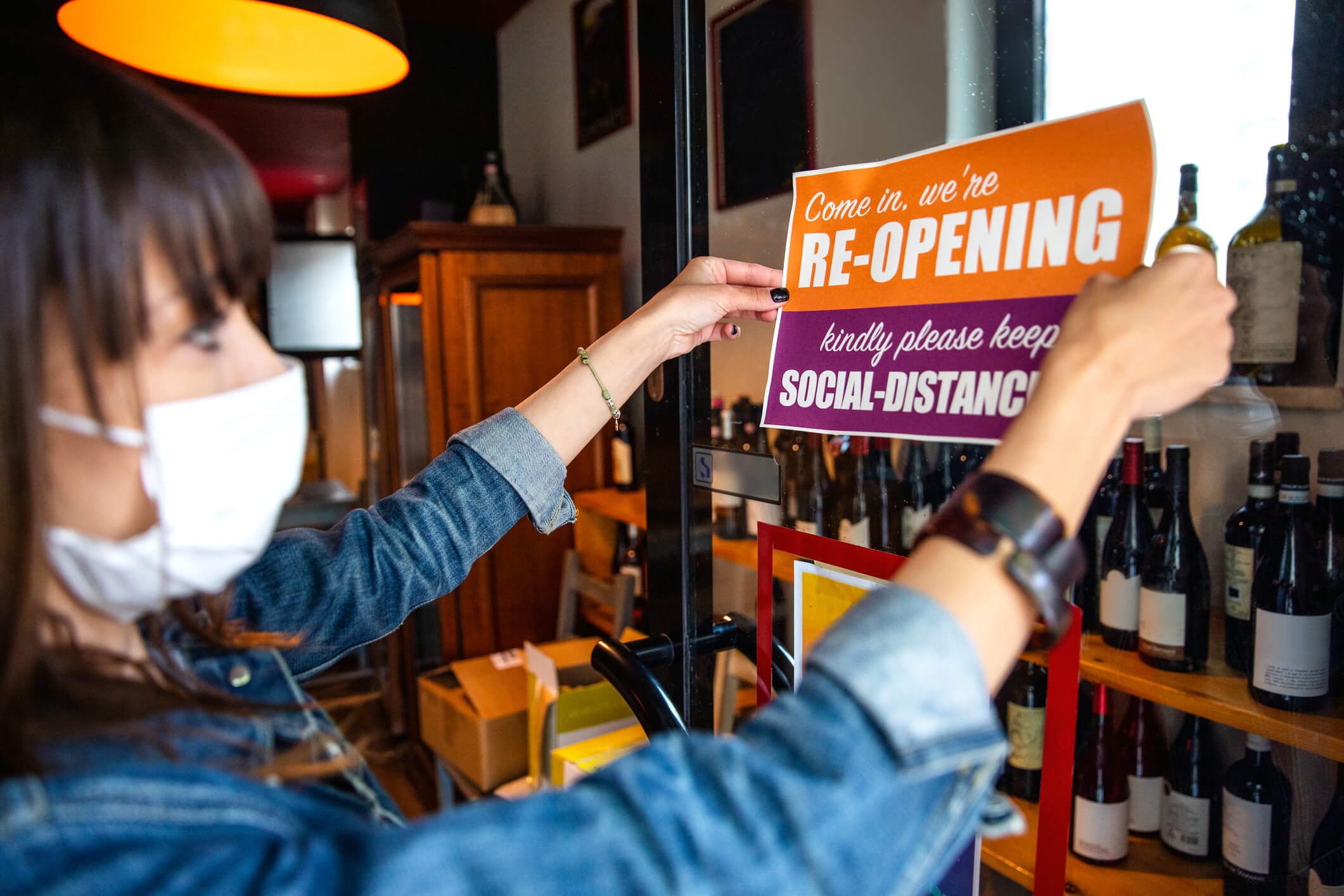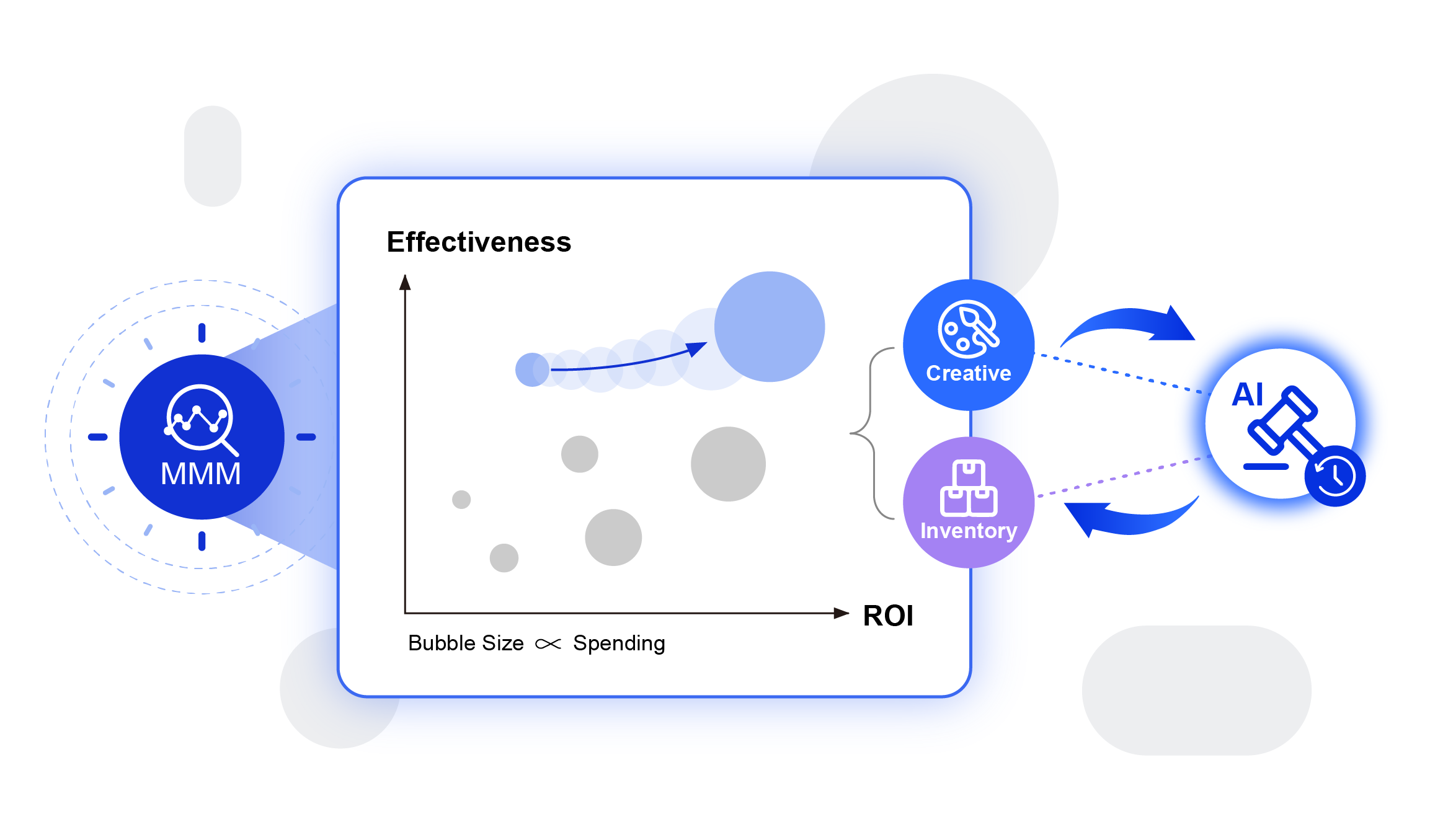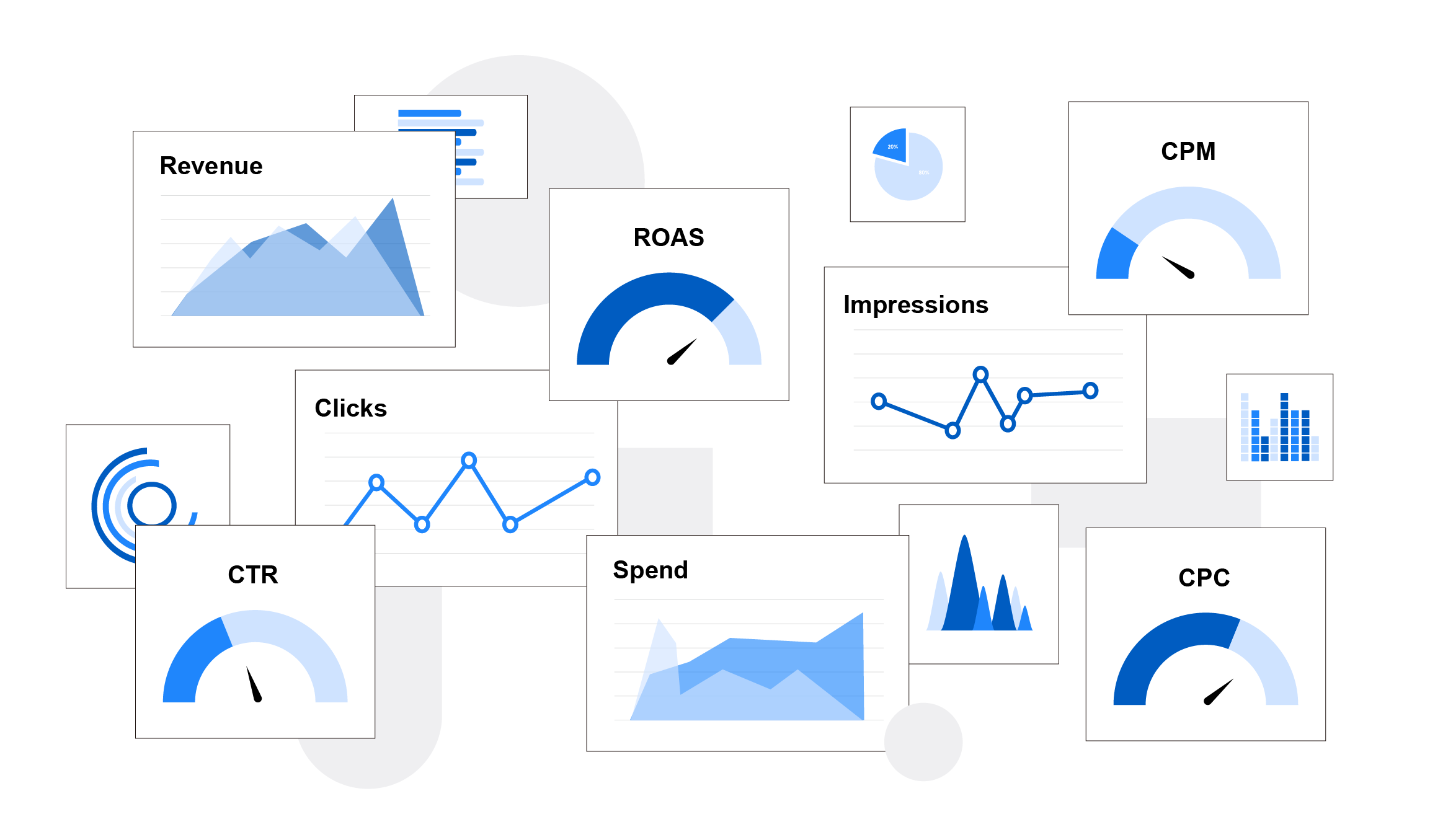6 min read
As many countries reopen their economies in the post-pandemic world, brands are learning to adjust to the new normal. Many of the consumer behaviors that have shifted due to the lockdown or stay-at-home order are here to stay, which is having huge repercussions for advertising.
As people spend more time at home, even after reopening, their time spent online has increased significantly, whether it was reading news sites, watching movies or TV shows through streaming services, joining a virtual online exercise class, staying in touch through social media or messengers, or doing more online shopping.
Shopping habits have changed, too. Consumers are now focused on limiting for waste, shopping more health-consciously and cost-efficiently, making more sustainable choices, according to Accenture. They are also more inclined to bulk buy and shop from local producers.
These changing behaviors have speeded up the shift of ad budgets from TV to digital, even though the global ad spend has dropped considerably with a majority of brands expecting to cut down their ad dollars. So how should advertisers respond to this new landscape, and make the most of every ad dollar in their limited budget? Here are eight tips to upgrade your advertising strategy now.
1. Become More Agile
Your long-term media strategy may not change drastically, but – like 61 percent of brands in China – you will need to adjust your short-term strategy to the current climate. Think agile. These changes will mean very different consumer behavior, which your ad needs to respond to. But as ever, more unforeseen changes could be on the horizon, which will catch complacent brands unawares. Make sure yours is not one of them.
2. Allocate Your Budget by Region
Different territories are easing COVID-19 restrictions at different rates – in some cases, there are huge differences among cities or regions within the same country. So, it is important to not apply one blanket strategy to the entire country or region. Otherwise, you risk wasting ad spend while also looking out of touch with your customers.
By using geo-targeting tools, and allocating your ad budget appropriately on a national, regional and local level, you can spend where it will be most effective, increasing your ROI. You will also show more sensitivity to your customers and their circumstances, which is something every brand should be striving for at this time.
3. Target Your Most Valuable Customers
With ad budgets being cut, it is more important than ever that every dollar works its hardest. That is why you should target your customers who are most likely to convert into sales.
You can identify these consumers by using deep learning tools to analyze first- and third-party data, and divide your customers up into segments. Such segmentation will also help you avoid marketing to repeat and churned customers, as well as overlapped social media audiences. You can then let deep learning calculate the potential conversion rates of the various audience segments, and rank them from highest to lowest to target the most valuable customers. That way, you can rest assured that your ad spend is being used in the most efficient way possible.
4. Acquire New Customers Without Spending More
While retaining existing customers is critical to keeping businesses moving forward at this time, it doesn’t mean you need to hold off on acquiring new customers. As many brands reduced ad budgets, or even halted all marketing activities during the pandemic, it led to a drop in demand for online inventory and lower costs. For instance, the cost per 1,000 impressions on Facebook fell on a global scale, as well as its cost-per-click. You can leverage this lower cost to assign some budget to acquiring new users, expanding your customer base and growing sales.
5. Bring Potential Customers Back With Retargeting
Retargeting is a practice of advertising specifically to target consumers who visited your site without buying anything. By analyzing their behavior using first- and third-party data, you can discover their interests not only on your own channels, but also on external websites. This insight will enable you to serve them with personalized ads even after they have left your site.
Leveraging machine learning to interpret data on users’ purchase histories and identify patterns in their behavior can also help you predict their future behavior, and see which consumers are more likely to buy. This will help you decide which customers to prioritize.
6. Leverage Contextual Targeting
Instead of targeting customers by behavior, contextual targeting matches customers to topics, keywords and taxonomy to serve them the most relevant ad, in the right place at the optimum time.
Not only is it in line with privacy rules, contextual targeting also helps you gain a deeper understanding of your customers’ interests, enabling you to personalize your marketing messaging and leaving them better placed to serve customers’ wants and needs. It is also more relevant than behavioral targeting, as the ad relates to content the consumer is already viewing. And it reduces ad fatigue, as the advert only appears in certain contexts.
7. Be Flexible With Your Choice of Channels
Evolving consumer behavior means a shift in where these customers are most active. For example, top platforms include social media (Instagram #ad likes were up 76 percent), online streaming platforms ( Netflix’s new subscribers more than doubled the number it originally expected from late Jan to late April), online news outlets and online food delivery platforms.
In many cases, these activities are done through mobile phones, as average time spent on mobile has increased across the world, such as China (30 percent up), Italy (11 percent up) and France (7 percent up).
As an advertiser, you want your ads to be where they will be most visible. Placing relevant ads on those platforms where the impressions are increasing will give your ads more visibility. In addition, you want to ensure your ad is delivered through the right channel to increase the chance of conversion, whether that is through app push notification, web push, messengers or SMS.
8. Start Small
One of the biggest advantages of digital ads versus TV advertising is that their effects are easier to track and measure – you can see every impression, click and conversion. This will give you a realistic appraisal of your ROI, and provide a better opportunity for advertisers looking to scale.
By testing rigorously at small scale, you can gauge exactly how effective your marketing is before scaling up and investing more money during uncertain times. Making your mistakes on a small scale first will give you valuable learnings for a wider rollout, and save you time and money in the process.
Your digital advertising strategies need to evolve in order to adjust to the new normal. By taking a data-driven approach to shifting consumer behavior, you can emerge stronger and better placed to serve your customers in the post-pandemic world.
* Are you looking to update your advertising strategy in the post-pandemic world? Not sure how to ensure your ROI? We are here to help! Discover how Appier’s CrossX Ad Solutions can boost your campaign performance at scale. Got a question? Get in touch with our team today for an exclusive consultation.



